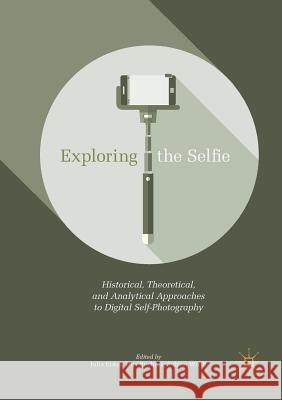Exploring the Selfie: Historical, Theoretical, and Analytical Approaches to Digital Self-Photography » książka
topmenu
Exploring the Selfie: Historical, Theoretical, and Analytical Approaches to Digital Self-Photography
ISBN-13: 9783030096267 / Angielski / Miękka / 2019 / 392 str.
Exploring the Selfie: Historical, Theoretical, and Analytical Approaches to Digital Self-Photography
ISBN-13: 9783030096267 / Angielski / Miękka / 2019 / 392 str.
cena 642,56
(netto: 611,96 VAT: 5%)
Najniższa cena z 30 dni: 616,85
(netto: 611,96 VAT: 5%)
Najniższa cena z 30 dni: 616,85
Termin realizacji zamówienia:
ok. 22 dni roboczych
Dostawa w 2026 r.
ok. 22 dni roboczych
Dostawa w 2026 r.
Darmowa dostawa!
Kategorie:
Kategorie BISAC:
Wydawca:
Palgrave MacMillan
Język:
Angielski
ISBN-13:
9783030096267
Rok wydania:
2019
Wydanie:
Softcover Repri
Ilość stron:
392
Waga:
0.49 kg
Wymiary:
21.01 x 14.81 x 2.16
Oprawa:
Miękka
Wolumenów:
01
Dodatkowe informacje:
Wydanie ilustrowane











